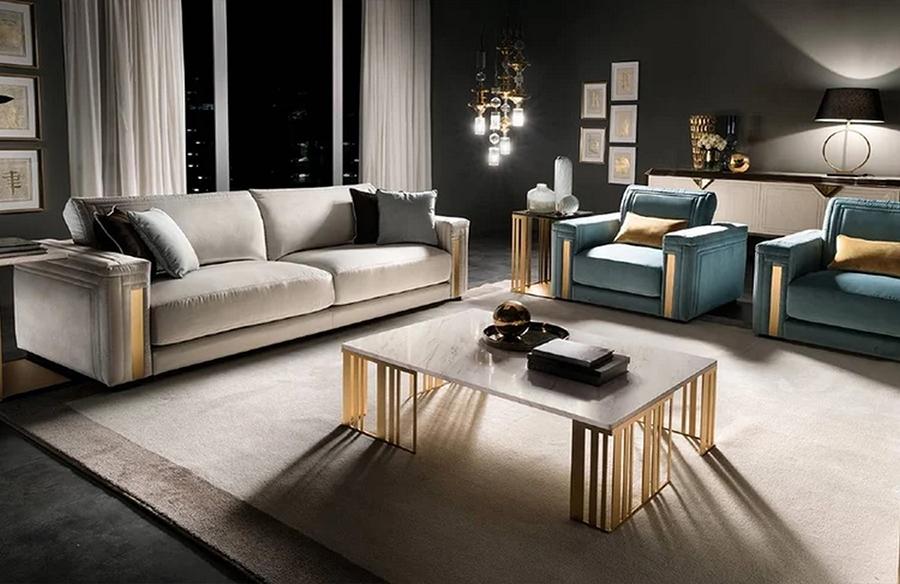Renaissance Furniture: Timeless Elegance for Your Living Space

The Renaissance era, spanning from 1400 to 1550, heralded a period of rebirth characterized by profound changes across various aspects of life. This revival, encompassing socio-political, cultural, philosophical, artistic, and architectural domains, emerged as a stark contrast to the obscurity of the Middle Ages.
Central to this epoch was a resurgence of interest in ancient classical traditions, particularly Greek and Roman influences. The Renaissance ethos, deeply intertwined with Humanism, elevated man to the forefront of intellectual pursuits, diverging from the religious-centric ideologies of previous epochs.
Understanding Renaissance Style
The Renaissance era left an indelible mark on interior design, ushering in a style that continues to captivate enthusiasts with its timeless allure. Symmetry reigns supreme in Renaissance design, with meticulous attention to visual harmony and balance evident in every element.
Wood, initially the primary material of choice, gradually evolved to incorporate various decorative techniques such as marquetry, carving, and the use of materials like MDF and lacquered wood. Ornamentation flourished, with intricate details like cornices, pilasters, and motifs drawn from classical tradition adorning furniture pieces.
Characteristics of Modern Renaissance Style
Contemporary interpretations of Renaissance style embrace spaciousness and luminosity, characterized by meticulously adorned furniture and an emphasis on refinement. Symmetry and proportionality are paramount, with furniture arrangements carefully curated to create geometrically balanced compositions.
Rich materials like marble, natural stone, and wood dominate Renaissance-style interiors, evoking a sense of opulence and grandeur. High ceilings adorned with architectural elements reminiscent of classical antiquity further amplify the aura of solemnity associated with this era.
Designing an Elegant Renaissance Living Room
Crafting a Renaissance-inspired living room entails adhering to a set of stylistic guidelines to achieve an ambiance of sophistication and comfort.
Create a Moodboard: Start by conceptualizing your vision through a personalized moodboard, incorporating elements like color palettes and decorative details to articulate the Renaissance aesthetic you envision.
 Decorate the Walls: Choose wallpapers or decorative patterns that complement the space, incorporating elements like rustication, niches, and architectural motifs to enhance visual interest.
Decorate the Walls: Choose wallpapers or decorative patterns that complement the space, incorporating elements like rustication, niches, and architectural motifs to enhance visual interest.
Upholster with Quality Fabrics: Opt for sumptuous fabrics like velvet, lampas, and brocade to upholster sofas and armchairs, infusing the space with luxury and elegance.
Elaborate Decorative Details: Select coffee tables and display cases adorned with intricate details like columns, cornices, and carvings, ensuring stylistic continuity with the rest of the room.
Pay Attention to Decorative Lighting: Illuminate the space with romantic and warm lighting fixtures, incorporating elements like crystal chandeliers and accent lighting to create a captivating ambiance.
Complete with Decorative Objects: Showcase valuable ornaments like porcelain ceramics, intricately decorated vases, and crystal glasses to add a finishing touch of sophistication.
Arredoclassic Renaissance Furniture: Explore collections that epitomize the elegance and luxury of Renaissance style, featuring meticulously crafted pieces adorned with three-dimensional carvings and inlays that embody the grandeur of this timeless aesthetic.
Embrace the timeless allure of Renaissance furniture, where uncompromising quality and beauty converge to create living spaces that exude elegance and refinement.















